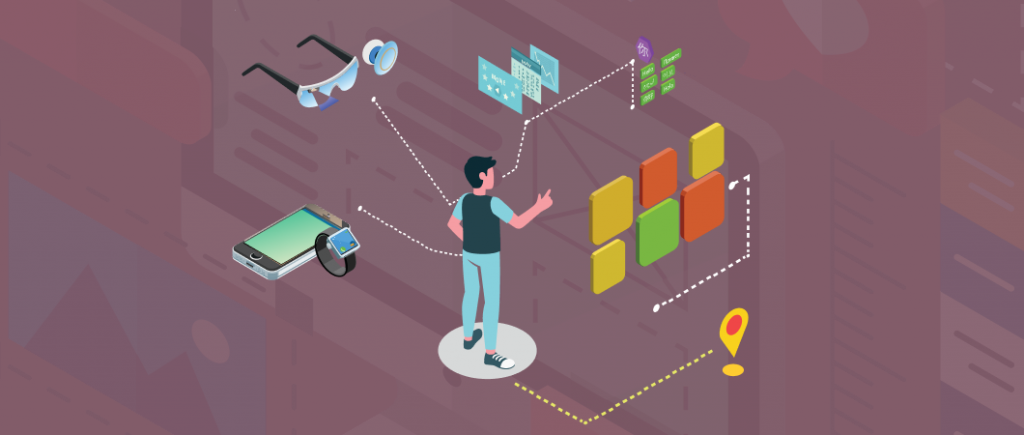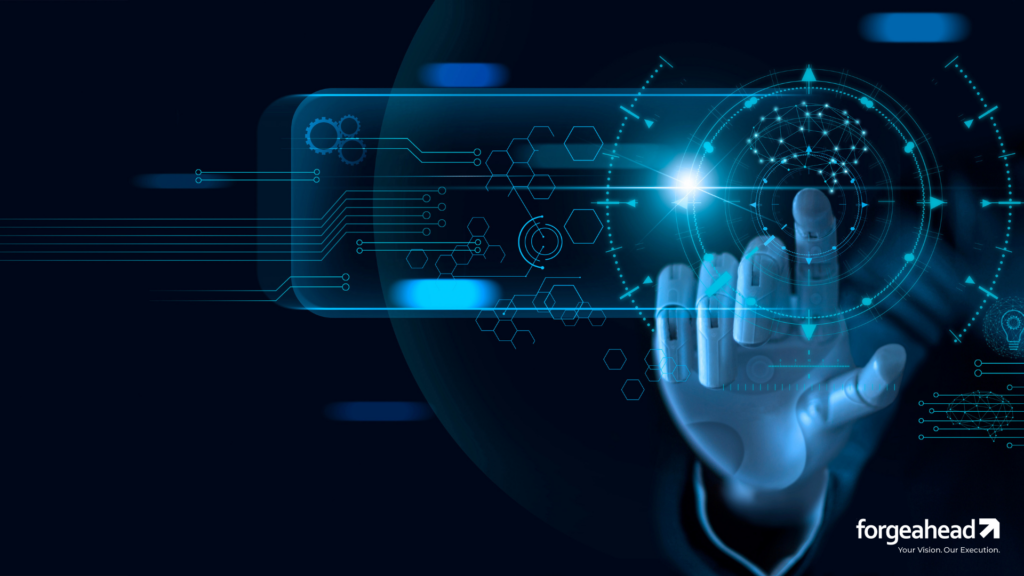Last updated on October 21st, 2024
Terms such as user experience (UX) and User Interface (UI) are commonly used and are now in uber-focus while discussing web or mobile application development.
In fact, many use these two terms interchangeably.
Some others are under the notion that these two mean the same thing.
In this blog, we will try to bust that myth and explain how both are different and the role each plays in application development that is customer-focused.
UI
The UI is the graphical interface on an application that the user sees. This would include the buttons, the text, the images, and other elements that are visible on the screen. It must also be easily accessible on different sizes of screen. The role of a UI designer is to ensure that the elements look visually appealing. Bad visual elements such as illegible fonts or shoddy colors and oddly-shaped buttons could repel a user and compel them to exit the application. A well-designed user interface is a direct indication of the company’s attention to detail. Good UI is most often described as being “intuitive’ because it communicates the information that a user needs to know as flawlessly as would have been possible if it were reading the user’s mind!
UX
With so much competition in every industry, product and app companies have to create a differentiator not just in the features of their offerings but also in the experience they deliver to the user. User experience deals with that aspect. A UX designer closely analyses the customer’s pain points and finds out ways to reduce them. For example, a user may find entering personal details cumbersome every time they purchase something from the app. They may even exit the app if they have to enter too many details. A UX designer understands this bottleneck to conversion and finds solutions such as auto-fill or saving personal information to reduce the efforts of the user. Good UX design helps products drive up usage and apps to improve their conversions and increase sales. Bad UX design may leave the user directionless, and they might leave the app without taking any action. The only way to retain and engage the customer is by improving their experience and keeping them invested in the app.
Difference Between UX And UI
To understand this, let’s look at the differences and why each of them is important.
- The easiest way to distinguish between UI and UX is that UI focuses on the front-end of the application. UX focuses on the entire workflow including the backend too. While designing the prototype, a UI designer will focus on how the application looks. They often deal with the creative component of the application. UX deals with its functionality. It is based on the interaction and analysis of customer behavioral data. A UX designer often creates wireframes to provide a framework for how the user will accomplish a task in the application.
- The main goal of UI is to provide a ‘wow’ factor to the user, i.e. the user must be blown away by the creative design. UX focuses on making the customer’s journey as seamless, meaningful, and valuable as possible. The focus is on building a relationship with the user and making the application relevant to their needs
- UI designers must possess designing skills and knowledge of using different tools to create intuitive designs. UX designers will often be involved in every aspect of the development – right from product research, market research, prototyping, customer analysis, and testing. UX designing is a multidisciplinary field.
So, does it mean that UX design is more important than UI?
Well, if we use the analogy of a human body – UX is the skeleton of an application. It provides a framework on how the application must function for a customer. UI is the skin. It offers the outer layer to the framework.
UI And UX Are Both Important For Application Development
An app with a beautiful design is unusable if it does not serve the customer’s purpose. Similarly, an app that addresses a customer pain point may not attract the customer if it does not look visually engaging. Both are interdependent. For example, suppose the user is looking for specific information such as refund policy, the designer should make that section readily available to them from their current location on the application. The flow of that process is determined by a UX designer; making it intuitive and easy to access is the UI designer’s role.
UX traditionally comes to a step before designing UI. Once the framework is finalized, the UX team can propose the prototype to the designing team for implementation.
So, as you can see, contrary to some notions, UI and UX are not the same. Both serve different goals and need designers with specific skillsets to make the application user-friendly and useful. Hence, companies must be careful while addressing these tasks. Giving either one less attention than it deserves could end up hurting the product.



